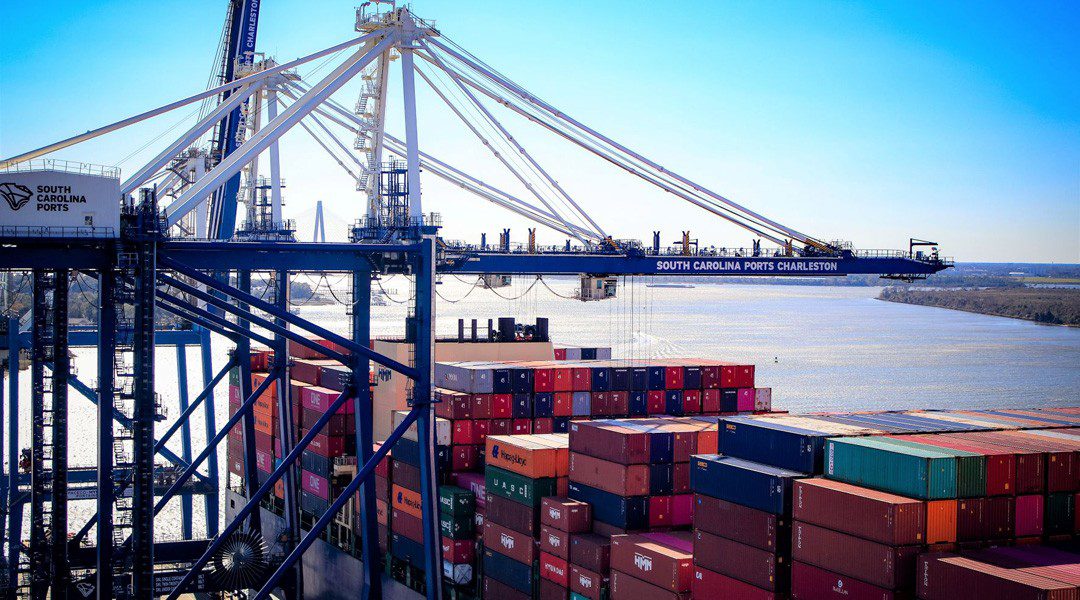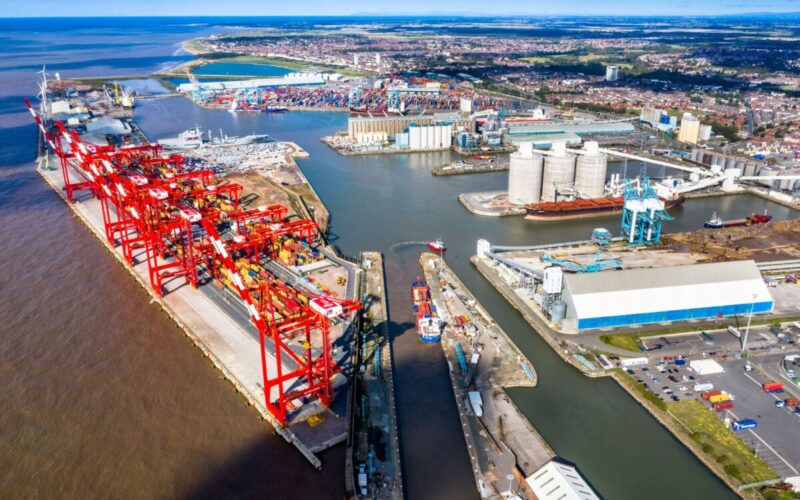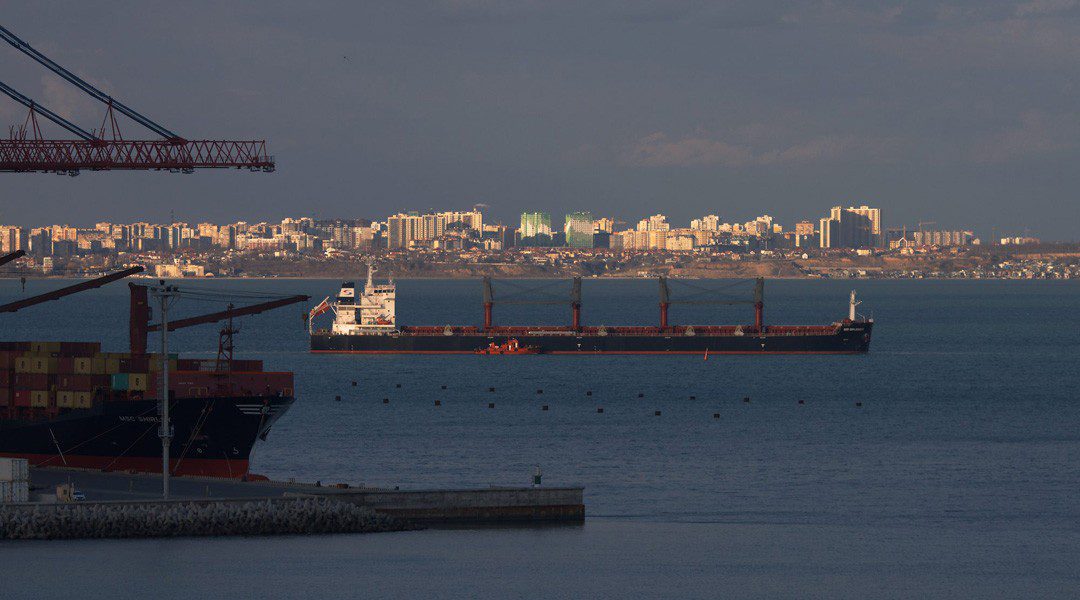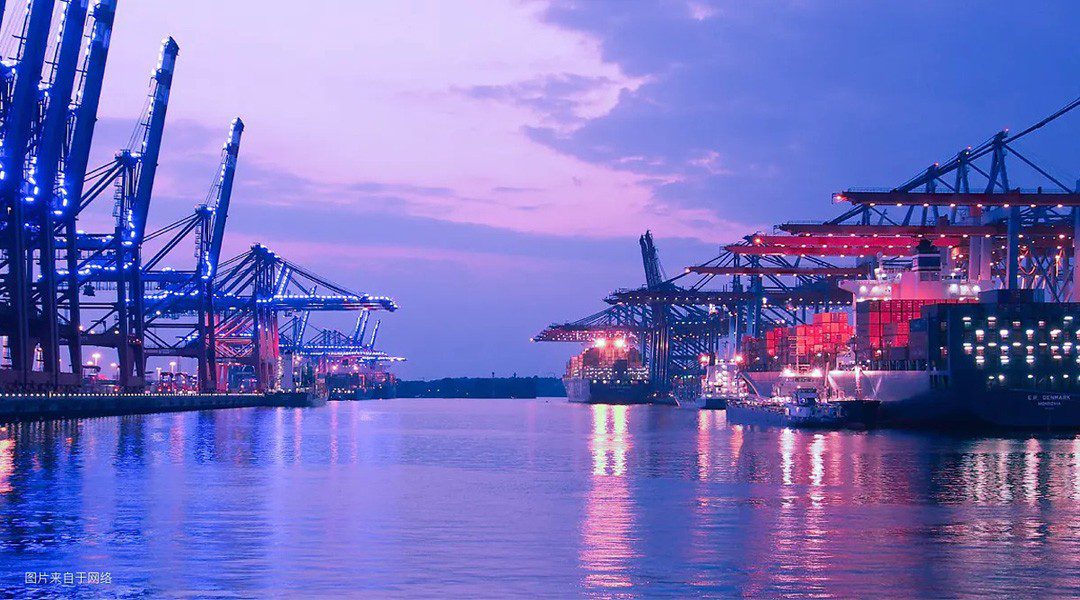

Peel Ports Group has announced E.ON as one of its net-zero partners helping to meet its goal ofnet-zero emissions by 2040.
As the first of several projects, plans have been announced to install the UK’s largest roof-mounted solar energy system at the Port of Liverpool, alongside a future project to repower the existing wind turbines on the banks of the River Mersey with fewer, larger turbines.
This is the first stage of a 25-year agreement between the two companies which will help Peel Ports Group reach its goal of net zero emissions by 2040 and could see as many as 63,000 solar panels – the same as 18 football pitches – installed on 26 buildings across the Port of Liverpool.
The panels could generate up to 31 megawatts (MW) of renewable electricity and reportedly provide the same amount of power as the yearly needs of more than 10,000 average UK homes.
The exact number of panels and their generation potential will be confirmed in the final designs but the solar array is expected to be the largest of its kind in the UK and will generate up to 25 per cent of the port’s annual electricity needs.
The solar panels will reduce CO2 emissionsfrom the site by more than 6,500 tonnes each year, the equivalent of taking more than 2,250 cars off the road.
The project will be wholly contained within the existing footprint of the port, using existing roof space and bringing all equipment and technology directly to the port by sea, removing any impact on local roads.
More than 6,000 solar panels have already been delivered to the port ready to be installed on the new240,000-square-foot Alexandra Dock warehousewhich is nearing completion.
The project is being financed and delivered by E.ONwith installation of the solar panels underway and due to be completed by mid-2026.
The second stage of the agreement will replace the five existing wind turbines at the port with four new, larger turbines generating close to 20MW. It is expected this phase could begin as early as /28 following planning consent and consultation with the local community.
READ: Peel Ports appoints new CFO
Claudio Veritiero, CEO of Peel Ports Group, said:“We’re proud to be embarking on this long-term partnership with E.ON and to be undertaking this important project together, revolutionising the Port of Liverpool’s energy system.
“Ports of the future need to become more sustainable environments and we must play our part in a greener supply chain. There is still work to do, but this project is a huge step for Peel Ports Group in cutting emissions and driving our ambition to become a net-zero port operator by 2040.”
READ: Peel Ports announces new Strategic Commercial Director
Chris Norbury, E.ON UK CEO,added: “The Port of Liverpool is a critical piece of infrastructure for the UK and decarbonising sites like this will be vital for the UK to achieve its environmental goals.
“Simply put, we all need to move faster on reducing emissions and this huge project will be a massive step in the right direction. We’ve been the energy supplier for Peel Ports Group for more than 20 years and I’m proud they’re putting their trust in us and our relationship so far to create what will be a clean energy system fit for decades to come.
“Our sustainable solutions help businesses with their environmental ambitions and will be crucial if we are to meet the UK’s 2050 net zero targets.”
In September 2023, APM Terminals (APMT) Mumbai signed an agreement with O2 Power to set up a captive solar power plant in an attempt to reduce its carbon footprint.
More recently, some of the UK’s fastest-growing value retailers joined Peel Ports Group in calling for a new UK port of entry strategy that aims to decrease lead times, save costs, and reduce carbon emissions.



